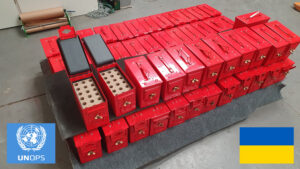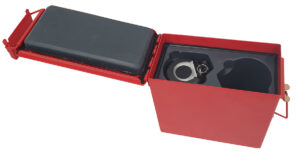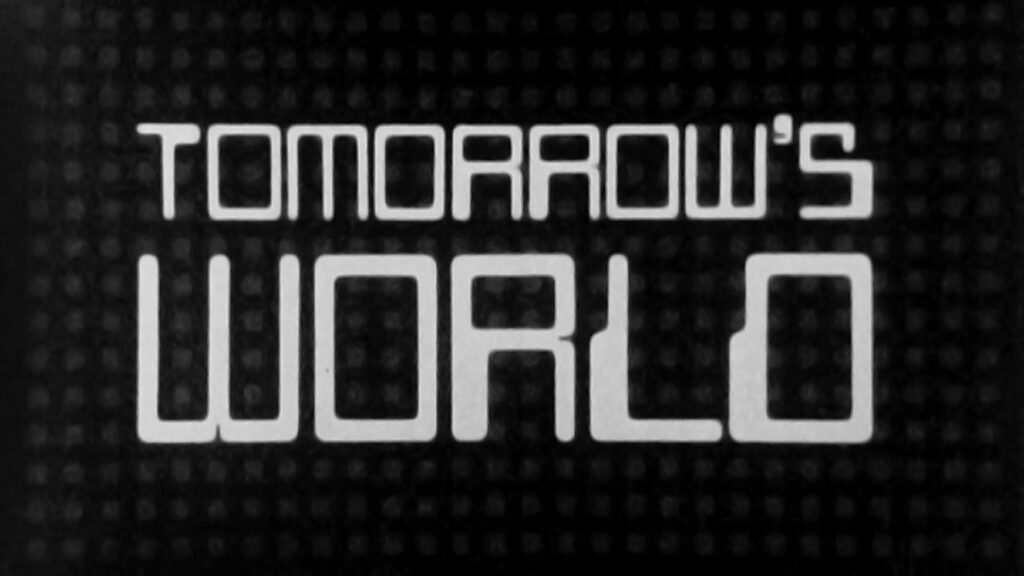
Time flies when you are having fun. It is 20 years since I participated in a live edition of the iconic BBC science programme ‘Tomorrow’s World’ from the COTEC range on Salisbury Plain. The key element was a blast resistant litter that also mitigated the blast projected upwards. I had designed this and earlier instrumented tests had proven the concept.
As would be expected, a live broadcast from a remote location requires a bit of a circus. Satellite trucks, endless cabling and a multitude of people who had to be firmly briefed on range safety and do’s and don’ts – mostly don’ts. Positives from this were the onsite catering and a sense of occasion.
The programme was hosted by a much younger Sophie Raworth and Matt Allwright, who survived to have worthwhile careers. My main interview, leaning on top of the test litterbin, was by Rajesh Mirchandani who is now with the United Nations Foundation.
The day before the broadcast was spent setting up and early rehearsals in a loose block format. This gave a chance to see their system at work. Although often frustrating, I have found it best to roll with it when professionals in a different sphere are doing what they do best. There was a lot of ‘can you say that in a simpler way?’ to the point that you wondered who the audience actually was. There was also the lesson to be learned on wearing a radio mic that continues to work whether or not you remember it is there.
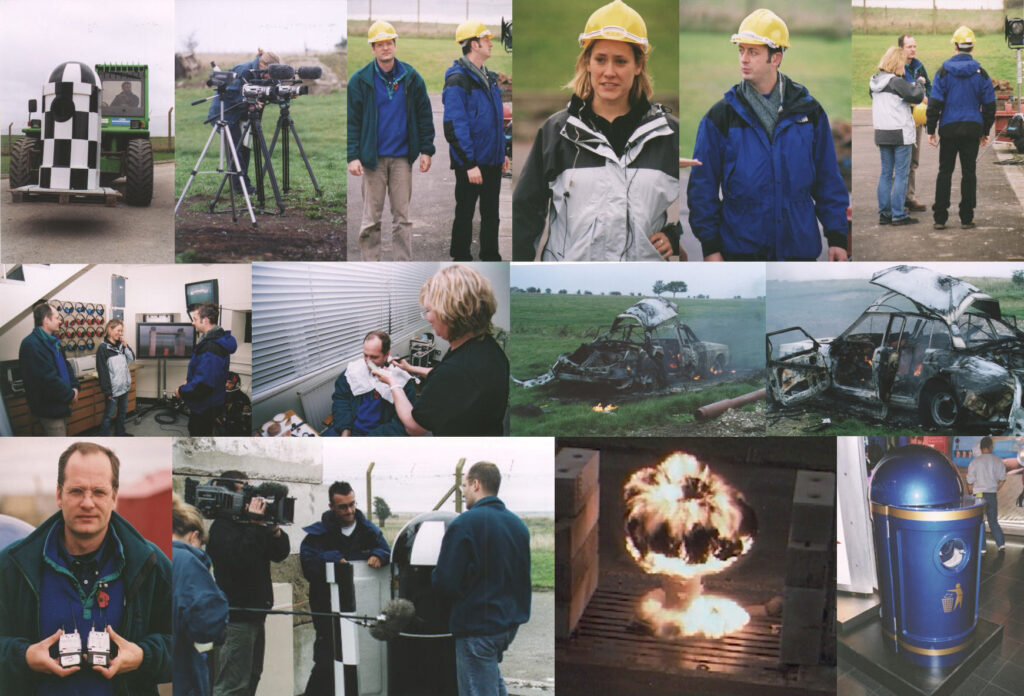
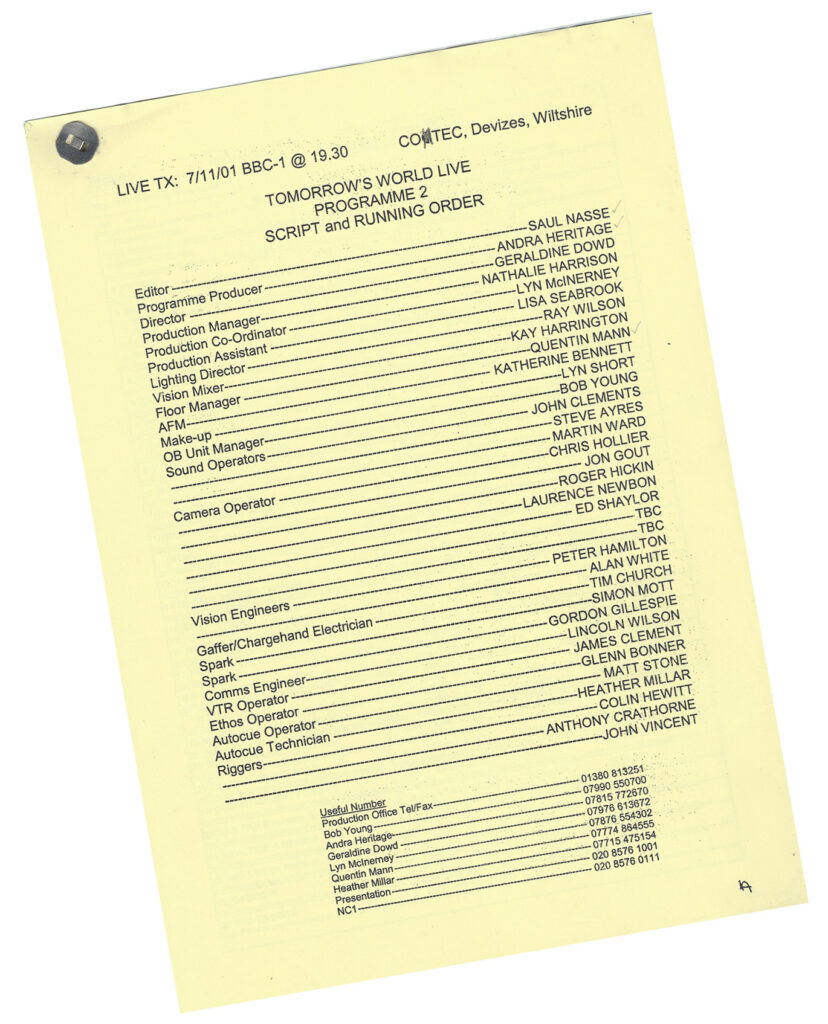
Although the blast litterbin was the main focus, there were other explosives and security related segments which helped keep the pressure off. As they second day progressed some live explosive events were filmed for background purposes. These included blowing up a car and then the more usual high strength blast bin that acted a gun barrel. These earlier blasts highlighted that some production personnel were convinced that carrying a clipboard provided some sort of protective force-field and they were too busy to get under cover like everyone else. They were soon corrected. This attitude was somewhat at odds with the BBC Health and Safety requiring Matt Allwright to wear a full body harness just to go up a ladder – it is all about understanding the actual versus perceived risk.
The final run up to the broadcast required a visit to make-up which was mainly powdering a shiny forehead. That would require a lot more powder 20 years on. The actual live broadcast went by in a blur but apparently according to plan. The production team was pleased and the strip down started immediately.
In tandem with the broadcast, the Wellcome Wing of the Science Museum featured the bin on display as part of the revolving monthly ‘Antenna’ stands. . The morning after the broadcast the display was unveiled and having an item I designed on display will always be a fond memory.
Steve Holland – older but no wiser.
